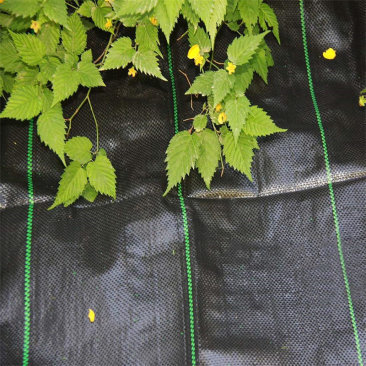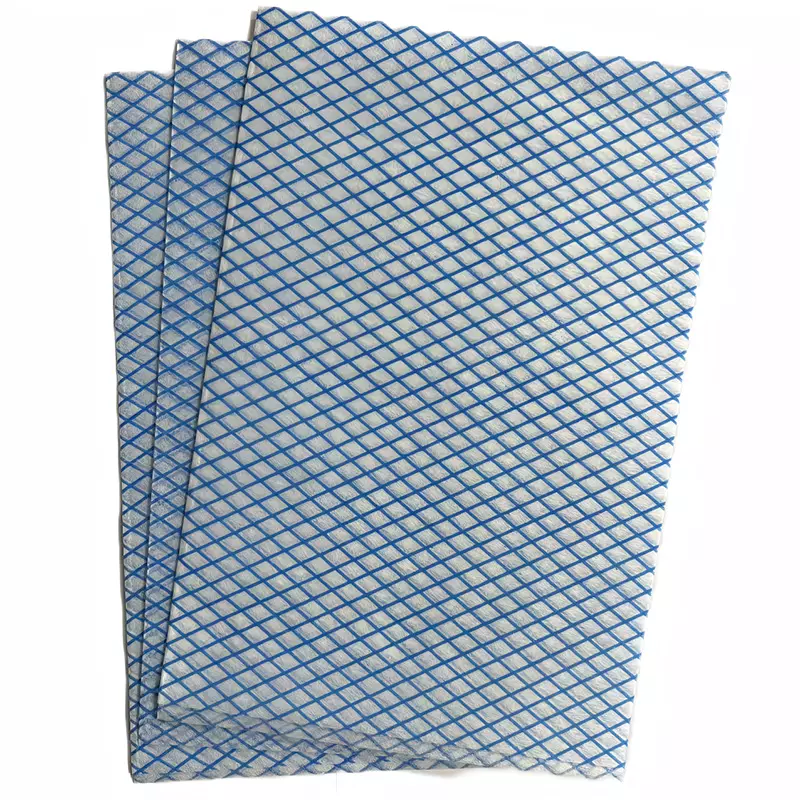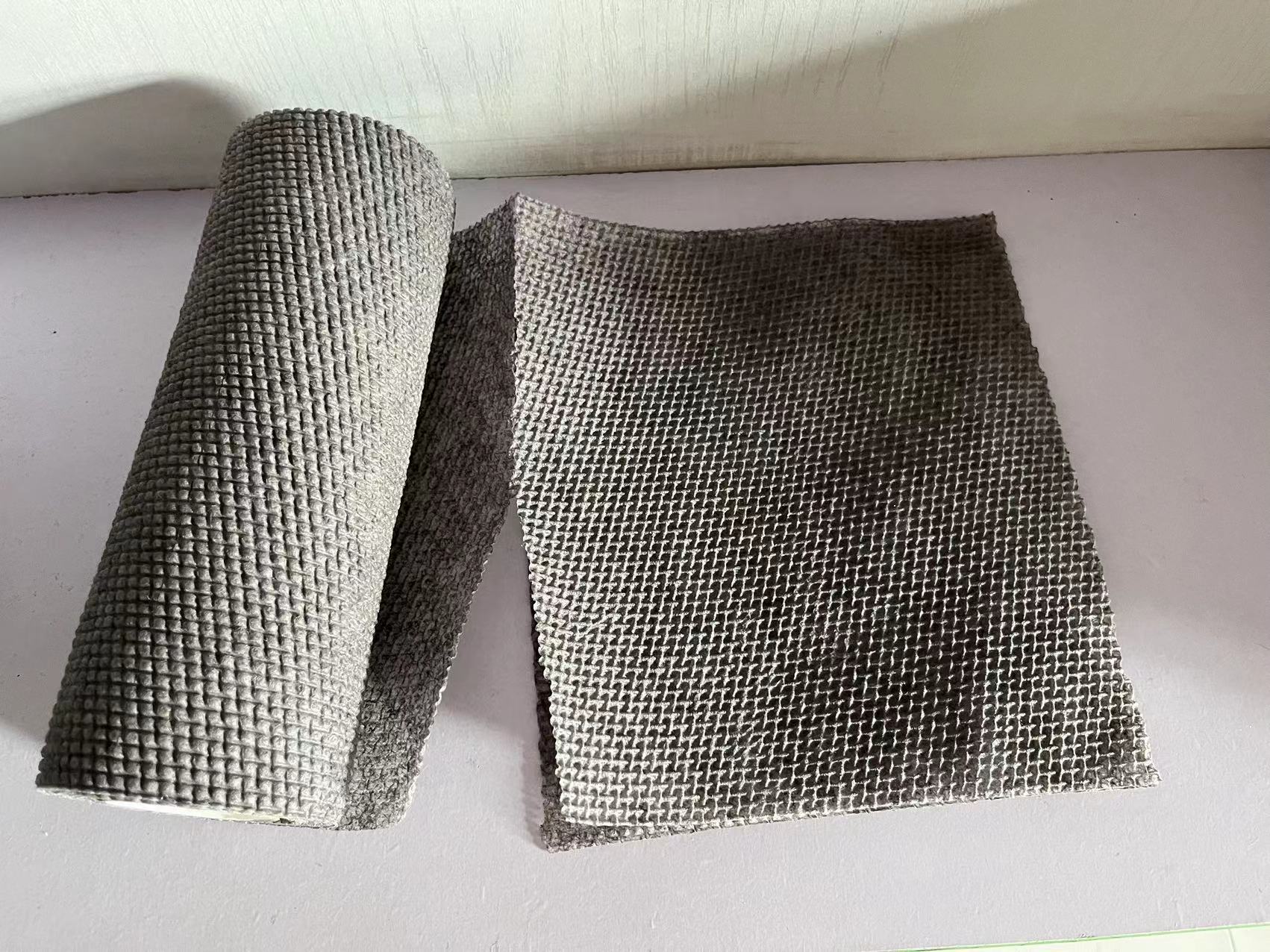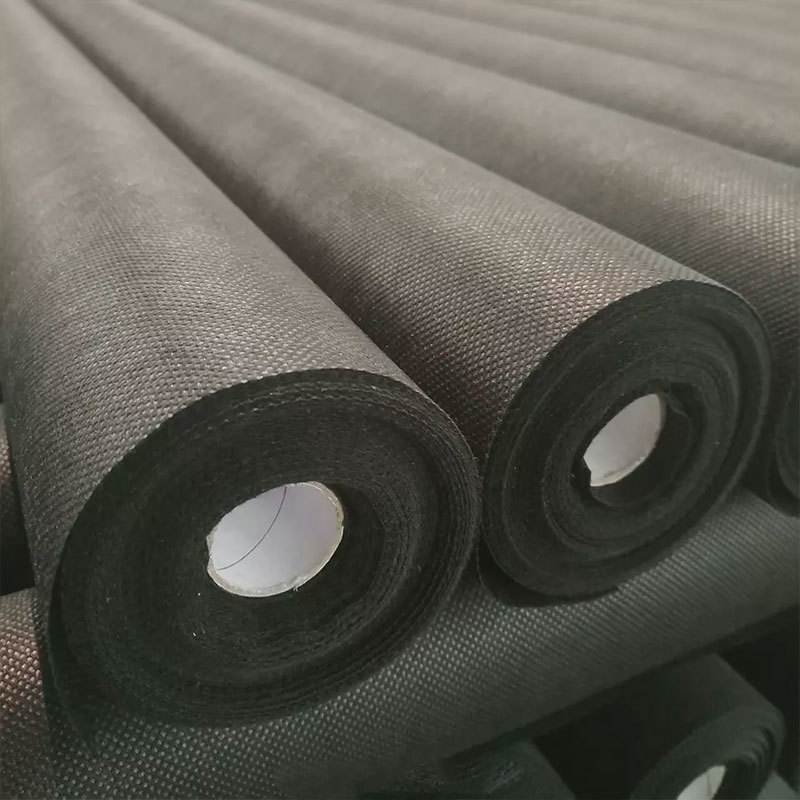10
2025
-
06
Understanding Spunbond Nonwoven Fabric: Applications and Benefits
Spunbond nonwoven fabric is a unique textile material created through a process that involves the bonding of continuous filaments. This innovative fabric is widely recognized for its durability, lightweight nature, and versatility, making it a popular choice across numerous sectors, including medical, agricultural, and consumer goods. One of the primary advantages of spunbond nonwoven fabric is i
Spunbond nonwoven fabric is a unique textile material created through a process that involves the bonding of continuous filaments. This innovative fabric is widely recognized for its durability, lightweight nature, and versatility, making it a popular choice across numerous sectors, including medical, agricultural, and consumer goods.
One of the primary advantages of spunbond nonwoven fabric is its excellent strength and durability. The process of spinning the fibers and bonding them together results in a fabric that can withstand significant stress, which is vital for applications that require longevity and reliability. For instance, in the medical industry, spunbond nonwoven fabric is used for surgical gowns, masks, and drapes, where sterility and strength are crucial.
In agriculture, spunbond nonwoven fabric is often utilized as a cover for plants, providing protection against pests and extreme weather conditions while allowing sunlight and moisture to penetrate. This helps promote healthier plant growth and increases crop yields. Furthermore, its lightweight properties make it easy to handle and install, which can significantly reduce labor costs for farmers.
Another noteworthy characteristic of spunbond nonwoven fabric is its breathability. This feature is particularly important in applications where moisture management is essential, such as in hygiene products like diapers and feminine hygiene items. The breathable nature of the fabric helps to reduce moisture accumulation, thereby enhancing comfort and preventing skin irritation.
Moreover, spunbond nonwoven fabrics are often environmentally friendly, especially when made from recyclable materials. This sustainability aspect is gaining importance as consumers and industries shift towards eco-conscious practices. As a result, manufacturers are increasingly adopting eco-friendly processes in the production of spunbond nonwoven fabrics, further enhancing their appeal.
Spunbond nonwoven fabric also offers versatility in design and performance. It can be produced in various colors, weights, and thicknesses to meet specific application requirements. Whether it is for packaging, insulation, or filtration, the adaptability of spunbond nonwoven fabric makes it a preferred choice for many manufacturers looking for tailored solutions.
In conclusion, spunbond nonwoven fabric stands out as a remarkable textile solution that combines strength, breathability, and versatility. Its extensive range of applications, from healthcare to agriculture, highlights its importance across different sectors. As industries continue to innovate and seek out sustainable materials, spunbond nonwoven fabric will likely remain a cornerstone in the development of new products and solutions. Whether you are in need of durable materials for protective clothing or seeking effective agricultural covers, understanding the benefits of spunbond nonwoven fabric can aid in making informed decisions for your projects.
One of the primary advantages of spunbond nonwoven fabric is its excellent strength and durability. The process of spinning the fibers and bonding them together results in a fabric that can withstand significant stress, which is vital for applications that require longevity and reliability. For instance, in the medical industry, spunbond nonwoven fabric is used for surgical gowns, masks, and drapes, where sterility and strength are crucial.
In agriculture, spunbond nonwoven fabric is often utilized as a cover for plants, providing protection against pests and extreme weather conditions while allowing sunlight and moisture to penetrate. This helps promote healthier plant growth and increases crop yields. Furthermore, its lightweight properties make it easy to handle and install, which can significantly reduce labor costs for farmers.
Another noteworthy characteristic of spunbond nonwoven fabric is its breathability. This feature is particularly important in applications where moisture management is essential, such as in hygiene products like diapers and feminine hygiene items. The breathable nature of the fabric helps to reduce moisture accumulation, thereby enhancing comfort and preventing skin irritation.
Moreover, spunbond nonwoven fabrics are often environmentally friendly, especially when made from recyclable materials. This sustainability aspect is gaining importance as consumers and industries shift towards eco-conscious practices. As a result, manufacturers are increasingly adopting eco-friendly processes in the production of spunbond nonwoven fabrics, further enhancing their appeal.
Spunbond nonwoven fabric also offers versatility in design and performance. It can be produced in various colors, weights, and thicknesses to meet specific application requirements. Whether it is for packaging, insulation, or filtration, the adaptability of spunbond nonwoven fabric makes it a preferred choice for many manufacturers looking for tailored solutions.
In conclusion, spunbond nonwoven fabric stands out as a remarkable textile solution that combines strength, breathability, and versatility. Its extensive range of applications, from healthcare to agriculture, highlights its importance across different sectors. As industries continue to innovate and seek out sustainable materials, spunbond nonwoven fabric will likely remain a cornerstone in the development of new products and solutions. Whether you are in need of durable materials for protective clothing or seeking effective agricultural covers, understanding the benefits of spunbond nonwoven fabric can aid in making informed decisions for your projects.
spunbond nonwoven fabric












